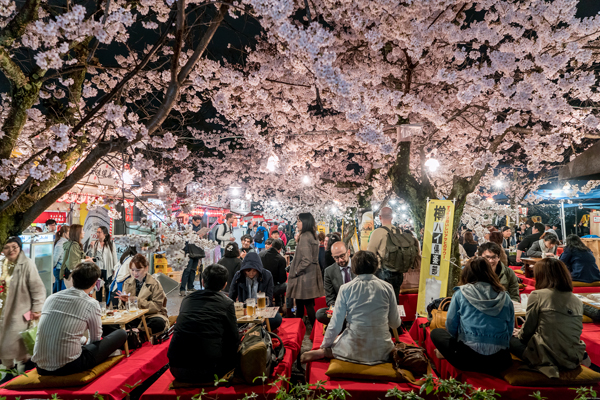
Retiring in Kyoto is a dream for many international retirees. The city offers a unique blend of traditional culture and modern conveniences, with its ancient temples and shrines, beautiful gardens, and bustling shopping districts. However, retiring in Kyoto also presents its own set of challenges, from learning the language to navigating the healthcare system. This article will explore the best things about retiring in Kyoto, as well as some of the biggest challenges.
Cost of Living
Compared to other major cities in Japan, Kyoto offers a relatively affordable cost of living. While housing can be expensive, especially in the city center, there are plenty of options in the suburbs that offer a more affordable lifestyle. Groceries and dining out are also reasonably priced, making it possible to enjoy the local cuisine without breaking the bank.
Climate
Kyoto experiences a temperate climate with four distinct seasons. Summers can be hot and humid, while winters are cold with occasional snowfall. The city is particularly beautiful in spring when the cherry blossoms bloom, and in autumn when the leaves change color.
Healthcare
Japan has a high standard of healthcare, and Kyoto is no exception. The city is home to several top-notch hospitals and clinics, and many doctors speak English. However, it’s important to note that healthcare in Japan can be expensive, so it’s essential to have good health insurance.
Public Healthcare System
Japan’s public healthcare system is available to all residents, including international retirees. However, the system can be complex to navigate, especially for those who don’t speak Japanese. Many retirees opt to use private healthcare services, which can be more expensive but offer more convenience and English-speaking staff.
Residency Options for Retirees
Japan offers several types of visas for international retirees, including the Long-Term Resident Visa and the Designated Activities Visa. These visas allow retirees to live in Japan for an extended period, but they do require proof of financial stability and health insurance.
Parks and Recreational Activities
Kyoto is known for its beautiful parks and gardens, such as the Kyoto Imperial Palace Park and the Philosopher’s Walk. The city also offers a wide range of recreational activities, from traditional tea ceremonies to hiking in the surrounding mountains.
Restaurants
Kyoto is a food lover’s paradise, with a wide range of restaurants offering everything from traditional Japanese cuisine to international fare. Some popular spots include Kikunoi, a Michelin-starred kaiseki restaurant, and Nishiki Market, where you can sample a variety of street food.
Learning the Language
While many people in Kyoto speak English, learning Japanese can greatly enhance your experience. There are several language schools in the city, such as the Kyoto Japanese Language School and the Kyoto Institute of Culture and Language.
Local Culture
The people of Kyoto are known for their politeness and hospitality. The city has a strong sense of community, with many local festivals and events throughout the year. However, it can take time to fully integrate into the local culture, especially for those who don’t speak Japanese.
Meeting People and Volunteering
There are plenty of opportunities to meet people in Kyoto, from joining local clubs to volunteering. The Kyoto International Community House offers a range of activities and events for international residents, and there are also several volunteer organizations, such as the Kyoto Volunteer Guide Club.
Housing and Neighborhoods
Most retirees in Kyoto live in apartments or condominiums, either in the city center or in the suburbs. Some popular neighborhoods for retirees include Higashiyama, with its traditional houses and temples, and Sakyo, known for its university vibe and green spaces.
Transportation
Kyoto has an excellent public transportation system, with extensive bus and subway networks. The city is also very walkable, and many retirees find that they don’t need a car. However, owning a car can be useful for exploring the surrounding countryside.
In conclusion, retiring in Kyoto offers a unique opportunity to immerse yourself in Japanese culture and enjoy a high quality of life. However, it’s important to be prepared for the challenges, from learning the language to navigating the healthcare system. With the right preparation, Kyoto can be a wonderful place to spend your retirement years.

